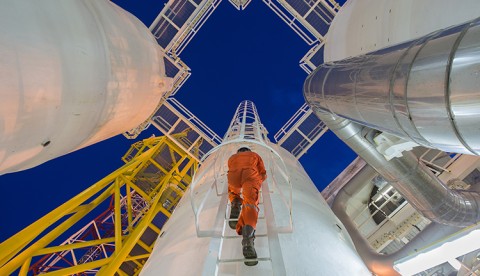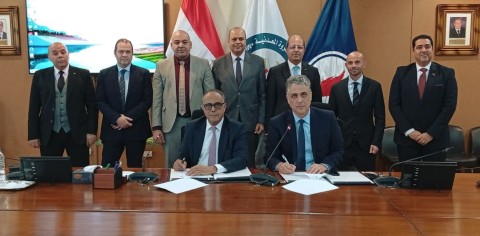ExxonMobil and Indonesia’s state-owned energy company Pertamina have signed a joint study agreement to assess the potential for large-scale implementation of lower-emission technologies, such as carbon capture and storage and hydrogen production.
This latest agreement was made to support efforts to boost carbon capture and storage in Indonesia since the companies signed a memorandum of understanding (MOU) at COP 26 in Glasgow, Scotland. ExxonMobil and Pertamina have had a strategic partnership for decades, and this new agreement will support Indonesia’s net-zero goals.
The signatories of the agreement include Pertamina President Director and Chief Executive Officer Nicke Widyawati and ExxonMobil Indonesia President Irtiza Sayyed. Indonesia’s Coordinating Minister for Maritime and Investment Affairs Pak Luhut and Exxon Mobil Corporation’s senior vice president Jack Williams also witnessed the signing.
Commercializing lower-emission technologies and supporting global emission-reduction efforts is the main focus of ExxonMobil Low Carbon Solutions. Initially, the company is concentrating its carbon capture and storage efforts on point-source emissions, the process of capturing CO2 from industrial activity that would otherwise be released into the atmosphere and safely injecting it into deep underground geological formations for secure and permanent storage.
“This is another step forward for the two companies and positions Indonesia as a potential CCS Hub for Southeast Asia and plays a major role in supporting emission reductions from sectors that are difficult to remove carbon,” President of ExxonMobil Low Carbon Solutions Joe Blommaert said.
With more than 30 years of experience in capturing CO2, ExxonMobil has captured more human-made CO2 than any other company. The company captures and stores about 9 million metric tons of carbon per year, which is about a fifth of the global capacity.












